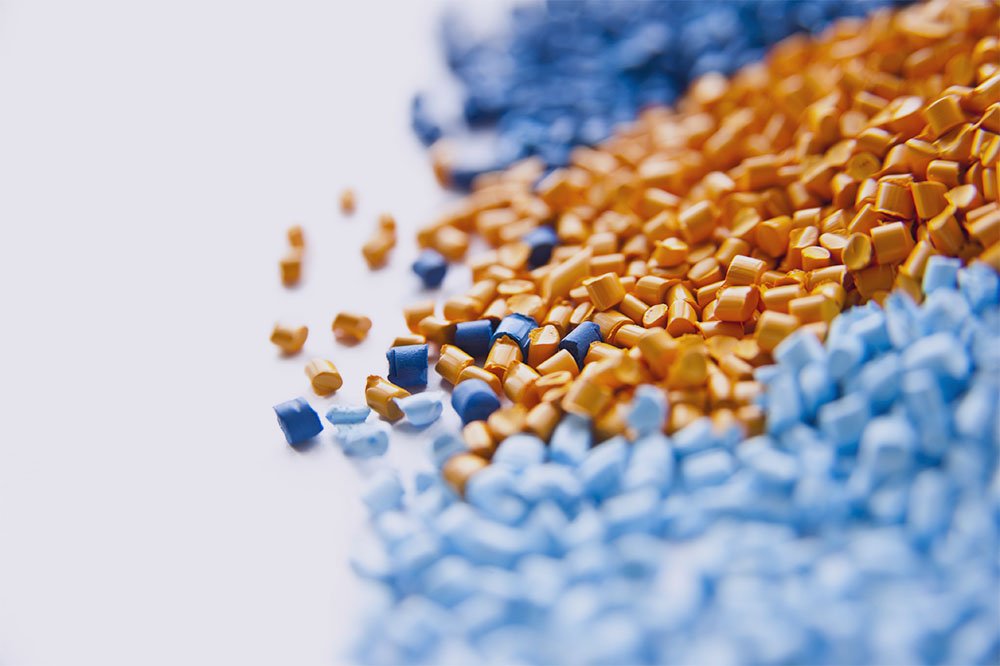Why High-Performance Polymers are Replacing Metals in Critical Applications?
High-performance polymers (HPPs) have been steadily replacing metals in various critical applications across industries such as aerospace, automotive, healthcare, and electronics. Their superior properties, including lightweight nature, high strength, corrosion resistance, and design flexibility, make them a preferred choice over traditional metal counterparts. This blog explores the key reasons behind this shift and how HPPs are revolutionizing modern engineering.
- Lightweight Advantage
One of the most compelling reasons for using high-performance polymers over metals is their significantly lower weight. For example, PEEK (Polyether Ether Ketone) and PEI (Polyetherimide) offer a high strength-to-weight ratio, making them ideal for aerospace and automotive industries where weight reduction translates to improved fuel efficiency and performance.
- Corrosion and Chemical Resistance
Metals are prone to corrosion when exposed to harsh environmental conditions, requiring protective coatings or treatments. High-performance polymers, on the other hand, exhibit excellent resistance to chemicals, moisture, and extreme temperatures without degradation. This makes them particularly suitable for medical implants, chemical processing equipment, and marine applications.
- Superior Mechanical Properties
Advanced polymers such as PEEK, PPS (Polyphenylene Sulfide), and LCP (Liquid Crystal Polymer) offer exceptional mechanical strength, comparable to some metals. Their ability to withstand high loads, impact, and wear ensures durability in high-stress environments, such as gears, bearings, and structural components.
- Thermal Stability and High-Temperature Performance
Many high-performance polymers can operate in extreme temperatures without losing their structural integrity. For instance, PI (Polyimide) and PTFE (Polytetrafluoroethylene) can withstand temperatures above 300°C, making them excellent choices for aerospace and electronics applications where heat resistance is crucial.
- Ease of Manufacturing and Design Flexibility
Unlike metals, which require machining, welding, and other labor-intensive fabrication processes, high-performance polymers can be easily molded into complex shapes with precision. This reduces manufacturing costs, speeds up production, and allows for more innovative product designs in industries like medical devices and electronics.
- Electrical and Thermal Insulation Properties
Metals are good conductors of electricity, which can be a disadvantage in applications requiring insulation. High-performance polymers provide excellent electrical insulation, reducing the risk of short circuits in electronic components. Additionally, they offer customizable thermal conductivity, making them useful in applications requiring heat dissipation or retention.
- Cost-Effectiveness and Longevity
Although some high-performance polymers have a higher initial cost compared to traditional materials, they offer long-term cost savings by reducing maintenance, extending product lifespan, and eliminating the need for additional coatings or treatments. Their ability to replace multiple components with a single, multifunctional part further enhances their economic advantage.
Conclusion
The transition from metals to high performance polymers is driven by the demand for lightweight, durable, and cost-effective materials in critical applications. With ongoing advancements in polymer science, these materials continue to push the boundaries of innovation, offering superior alternatives to traditional metals in various industries. As research and technology progress, high-performance polymers are set to play an even greater role in shaping the future of engineering and design.


